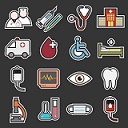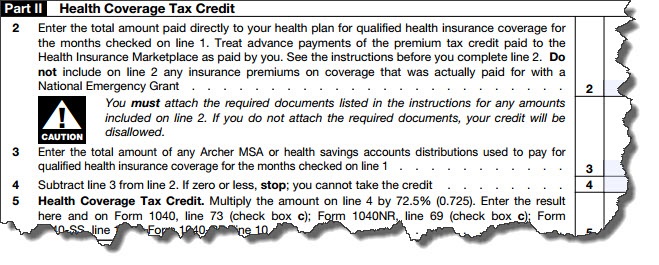Everyone loves to itemize, and medical expenses can provide help with that. But the IRS has strict rules.
The IRS Schedule A can be a wonderful thing. If you have enough of the right kind of expenses, you may be able to claim more than the standard deduction set by the IRS.
 Medical and dental expenses fall under the Schedule A umbrella, but this kind of deduction is a double-edged sword. If you paid enough in 2015 to qualify (the deduction is limited to what you paid for during the tax year, not when the expenses were incurred), that means that you or a family member needed a lot of medical and/or dental care. Which is not a good thing.
Medical and dental expenses fall under the Schedule A umbrella, but this kind of deduction is a double-edged sword. If you paid enough in 2015 to qualify (the deduction is limited to what you paid for during the tax year, not when the expenses were incurred), that means that you or a family member needed a lot of medical and/or dental care. Which is not a good thing.
Here’s some of what you need to know. Your total expenses for the tax year must represent more than 10 percent of your Adjusted Gross Income (AGI). For taxpayers aged 65 or older, that threshold drops to 7.5 percent.
No matter how therapeutic that vacation to Cancun was, the IRS has strict rules about what can and can’t be claimed. You’re allowed to include costs that were sustained to treat or prevent a “…physical or mental defect or illness.” This can include physician and hospital fees as well as equipment and supply costs. You may also be able to deduct insurance premiums and mileage for travel to medical appointments (23 cents per mile for 2015).
Important: The Health Coverage Tax Credit (HCTC) expired at the end of 2013, but it has been reinstated retroactively back to 2014. What this means, according to the IRS, is that “…. if you paid the premiums for qualified health insurance coverage in 2014 or 2015, you may be able to claim the HCTC for either or both years.” So it’s possible that you could file an amended tax return for 2014 (and/or 2015, if you’ve already filed) to get the credit. We can help you determine whether you’re eligible and advise you on amending your return(s).

You may be able to submit an amended return(s) to claim the Health Coverage Tax Credit (HCTC) for tax years 2014 and 2015. There are many restrictions on this; contact us if you need help.
“Medical professionals” can include doctors, dentists, chiropractors, physical therapists, and acupuncturists, and you can claim the costs incurred for their services. In addition, you should be keeping track of:
- Fees you’ve paid to facilities like hospitals, clinics, and inpatient drug and alcohol treatment centers.
- Money you’ve spent on pharmaceutical products prescribed by a physician, and related costs (co-pays, insulin, asthma inhalers, etc.).
- Charges for laboratory work (x-rays, blood tests, etc.).
There are some common-sense rules about claiming medical and dental expenses that you could figure out on your own. You can’t include expenditures that were reimbursed, of course, nor those that were paid by someone else. But there are many things you could claim that you might not think of – and some that aren’t covered that you might think should be. We can help you determine your eligibility, and look at your whole tax scenario this year if you’d like.
